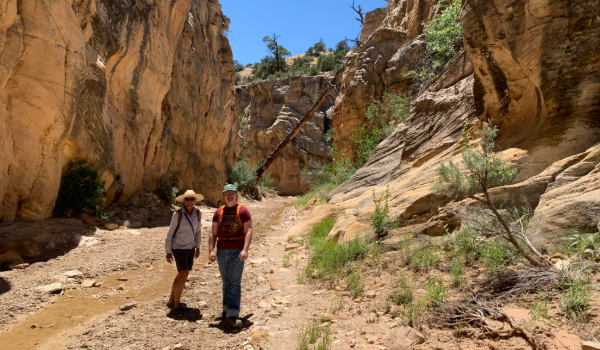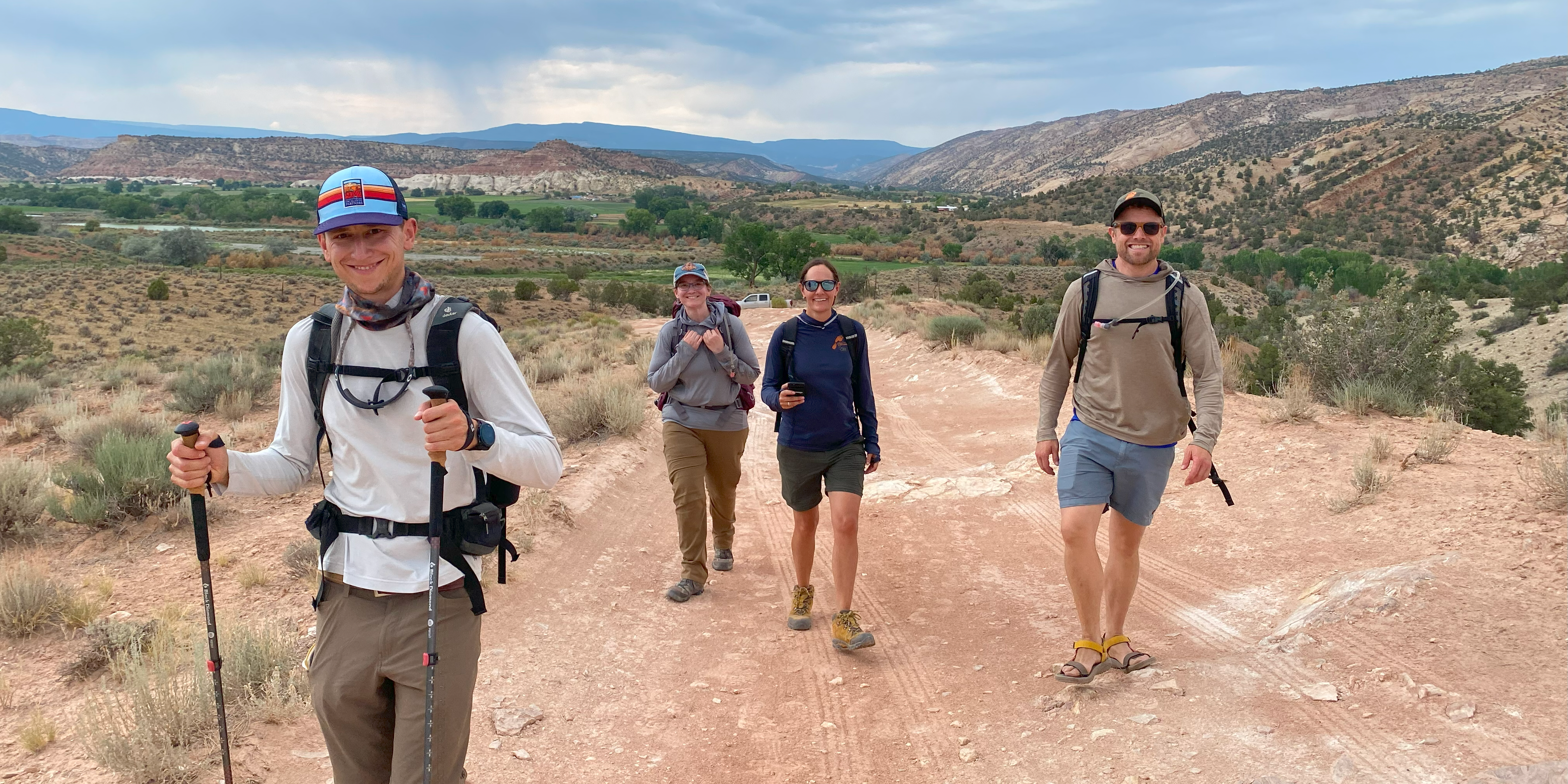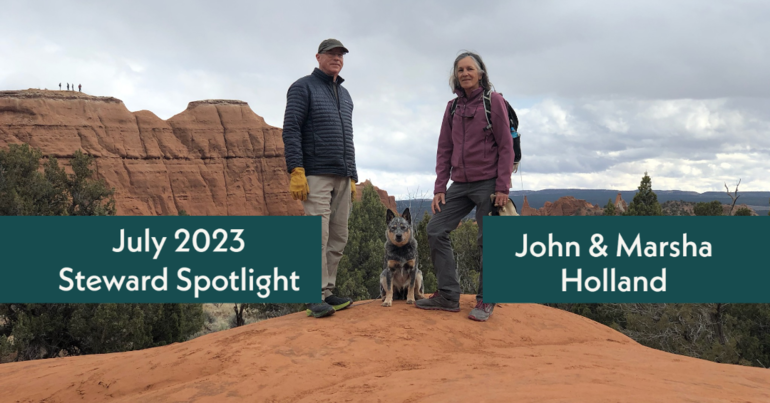Become a Cultural Steward
Learn how to become a volunteer for the Utah Cultural Site Stewardship Program.

How Do I Become A Volunteer?
We are thrilled that you are interested in becoming a part of the Utah Cultural Site Stewardship Program. We believe that you have the ability to bring more knowledge, experience, and passion to the community of Utah Cultural Site Stewards. In order to become a steward you will go through a three-step process.
Step One: Contact & Training
All volunteers are required to go through a three hour training to learn the in’s & out’s of what being a cultural site steward is all about. UCSS program holds three virtual trainings a year. If you would like to be placed on the waitlist for the next available training, please fill out this waitlist form.


Step Two: Ability & Liability Forms
Following the New Steward Training, you will be provided with a UCSS application where we will ask for your contact information, stewarding interests, and ability level to better match you to a priority site or sites. The liability forms you will sign include:
- Assumption of Risk
- Liability Waiver
- Code of Conduct
- Photo Release
Step Three: Planning & Placing
The Utah Cultural Site Stewardship Program works closely with land managers to identify sites in need of stewards. Whenever possible we use the information that you provide to assign you to monitor a site(s) that best fits your ability and interests. Lastly, we will reach out to you and set up a time to get you out in the field and monitoring.
All stewards will have the opportunity on their first site visit to go out in the field with one of the UCSS Team members or a UCSS Regional Coordinator to be made familiar with the site, the Survey123 app, and to have your questions answered.

Why Is Cultural Site Stewardship So Important?
Stewards assist land managers by monitoring cultural heritage sites and providing them with real time data on the condition of sites. They also play a significant role in helping to provide education to the public and promote appropriate archaeological site visitation.
Stewardship Stories

July Steward Spotlight
Lexi Little

2023 UCSS Get-Together & Historic Preservation Conference – Here is how it will shake out!
Lexi Little

The Newest Regional Coordinator for Utah’s Cultural Site Stewardship Program
Lexi Little
Why Should I Become a Utah Cultural Site Steward?
dcard

Welcome Lexi Carson!
dcard
